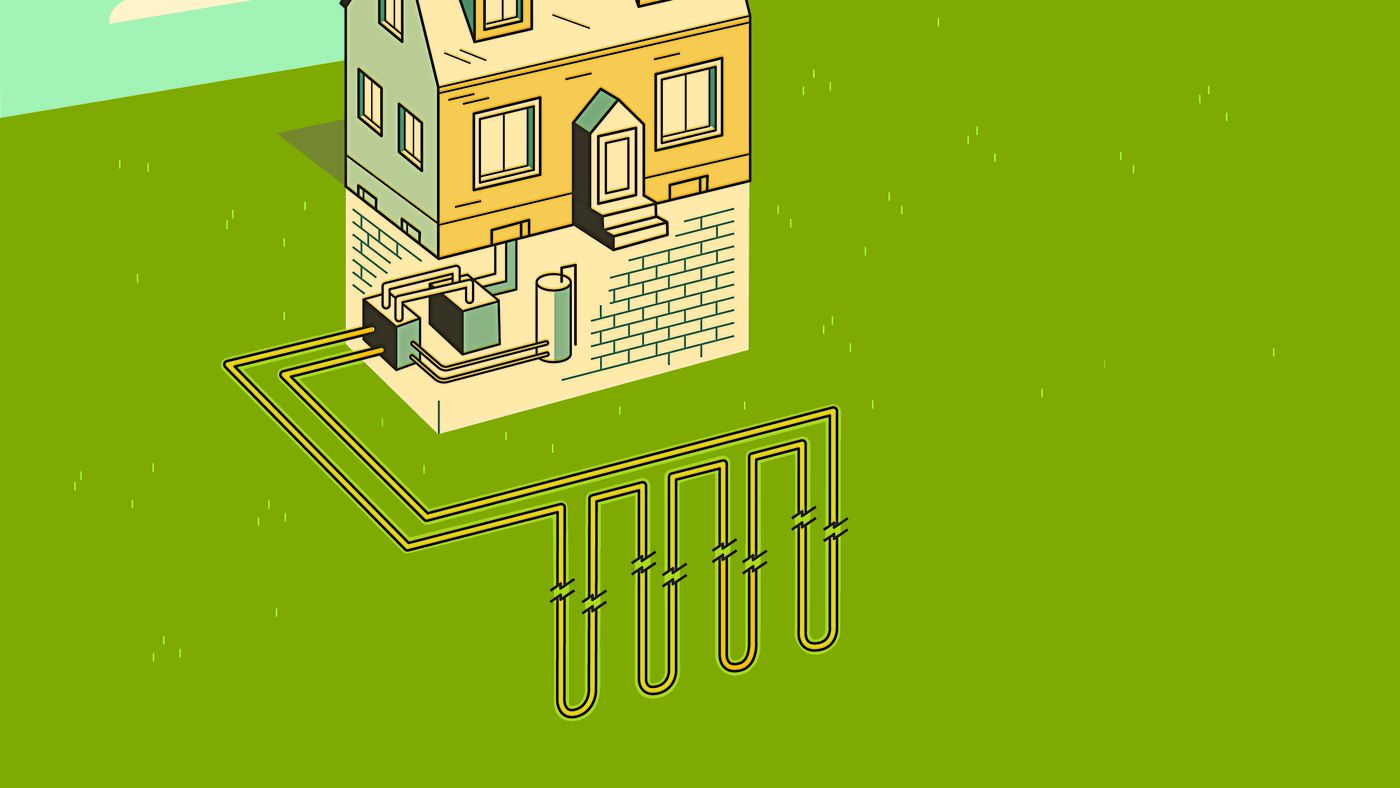
Heat pumps can be an exceptionally efficient, all-in-one cooling and heating system, but it is necessary to make sure that you choose one with the ideal capacity for your home as well as needs. This short article walks you through several of the essential consider making that choice.
If you’re not comfy in your own house, does it seem like a residence in all? Setting the ideal temperature to keep one’s cool during warmth front or remain cozy on a chilly winter season night plays a large role in comfort. Also, if you have a completely working cooling and heating system in your home, you might not realize that the size, or capacity, of that system, could be costing you more cash to operate, as well as influence the comfort of your house. In order to appropriately warmth as well as cold your residence, there are a variety of elements that enter into sizing your device.
If you are looking for a quality service of heat pump, please visit the link.
Here’s what you need to understand about finding the ideal-sized heat pump for your house.
IF A HEAT PUMP IS OVERSIZED OR UNDERSIZED
Does it matter if your heat pump isn’t fairly the ideal dimension? Yes, it truly does. That is unless you appreciate paying higher utility costs and added fixing fees. If a device is small, it will have a hard time generating sufficient energy to cool and heat your home. To compensate, it will function harder to satisfy temperature demands, squandering power as well as money or breaking down altogether. In contrast, if the device is big, it will produce excess power, which will be wasting your resources. Other troubles that may occur consequently are:
- Boosted on and off cycling, leading to boosted stress and anxiety on the electric motor blower
- Ineffective control of indoor humidity
- Unpleasant, radical temperature level differences
- Short-cycling
HOW DO I SIZE A HEAT PUMP?
To size a heat pump for any residence, the HVAC market complies with a common sizing technique, developed by the cooling licensed contractors of America. This treatment goes room-by-room to help identify how much-conditioned air each space requires for both heating and cooling.

